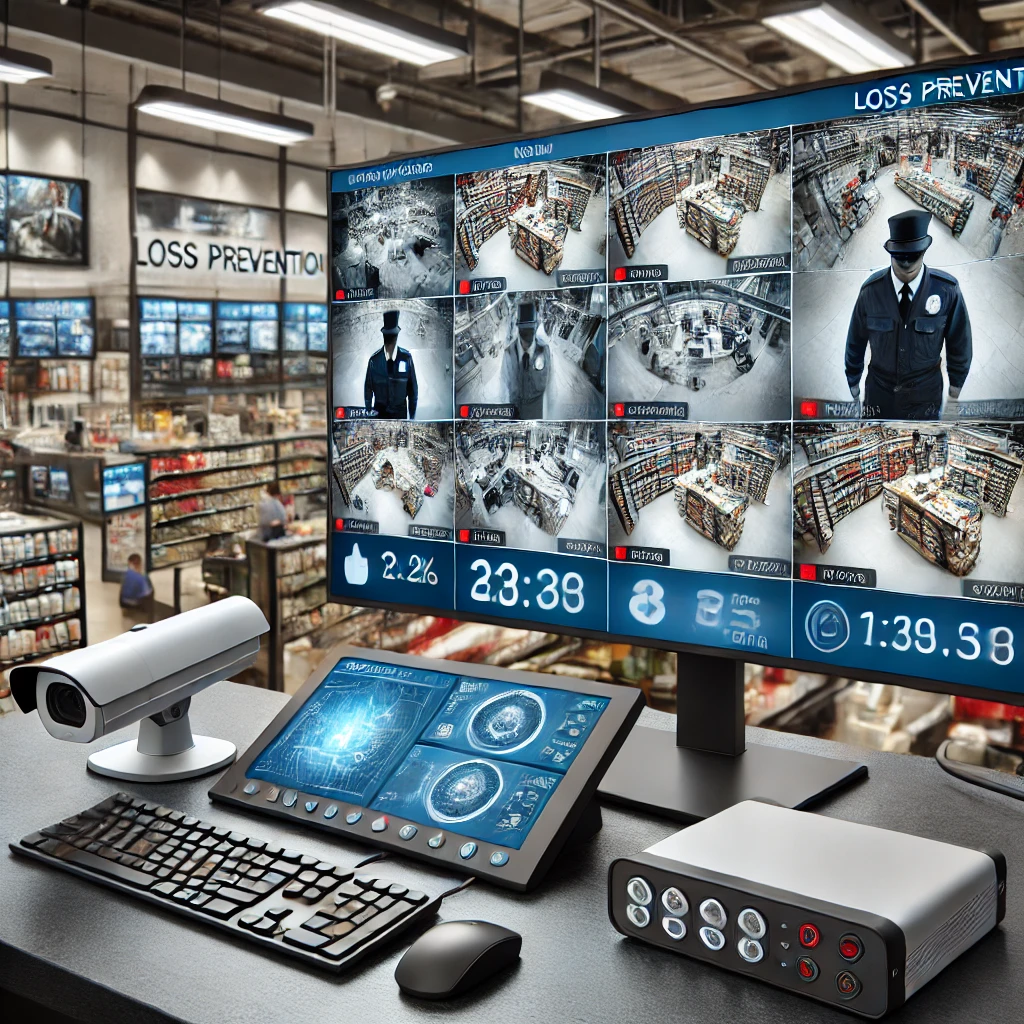In today’s competitive retail environment, loss prevention is more critical than ever. Whether you’re running a small boutique or managing a large chain of stores, implementing effective loss prevention strategies can make a significant difference in your bottom line. In this comprehensive guide, we’ll explore what loss prevention is, why it matters, and the top strategies you can employ to safeguard your business.
What is Loss Prevention?
Loss prevention refers to the measures businesses take to reduce or prevent theft, fraud, and other forms of financial loss. It encompasses a wide range of activities, from monitoring employee behavior to implementing advanced technology solutions. The goal is to minimize both internal (employee-related) and external (customer-related) losses.
Why is Loss Prevention Important?
Loss prevention is crucial for maintaining profitability. According to the National Association for Shoplifting Prevention, businesses in the United States lose over $13 billion worth of goods each year due to shoplifting. This doesn’t even account for losses from employee theft, which can be just as costly. By investing in loss prevention, businesses can:
- Reduce shrinkage: Minimize the loss of inventory due to theft, damage, or administrative errors.
- Increase profitability: Protect your bottom line by safeguarding assets.
- Improve customer experience: A secure environment can enhance the shopping experience.
- Protect employees: Create a safer work environment by deterring criminal activity.
Top Loss Prevention Strategies
- Implement Surveillance Systems
- CCTV Cameras: High-quality surveillance cameras act as a deterrent for both employees and customers. Ensure that cameras cover all critical areas, including entrances, exits, and high-value product sections.
- Remote Monitoring: Utilize systems that allow you to monitor store activities in real-time, even when you’re off-site.
- Employee Training
- Awareness Programs: Train employees on the importance of loss prevention and how they can contribute. Ensure they know how to spot suspicious behavior and handle potential theft situations.
- Honesty Incentives: Reward employees for reporting theft or suspicious activity. A positive work environment can reduce the likelihood of internal theft.
- Inventory Management
- Regular Audits: Conduct frequent inventory audits to identify discrepancies early. Use inventory management software to track stock levels accurately.
- Stock Control: Implement stock control measures to monitor the movement of goods within the store, reducing the risk of loss.
- Anti-Theft Devices
- Electronic Article Surveillance (EAS): Use EAS systems to secure high-value items. These devices trigger an alarm if an item is removed from the store without being deactivated.
- RFID Tags: Radio-frequency identification (RFID) tags provide a more advanced method for tracking inventory and preventing theft.
- Customer Service
- Engage Shoppers: A proactive customer service approach can deter potential shoplifters. Greet customers as they enter and offer assistance, making it clear that your staff is attentive.
- Mystery Shoppers: Use mystery shoppers to evaluate the effectiveness of your loss prevention strategies and identify areas for improvement.
- Access Control
- Restricted Areas: Limit access to stockrooms, offices, and other sensitive areas to authorized personnel only.
- Employee Badges: Use employee ID badges with access levels to control who can enter certain areas of the store.
The Role of Technology in Loss Prevention
Advancements in technology have revolutionized loss prevention. Modern solutions such as artificial intelligence (AI) and machine learning can predict and prevent theft before it happens. For example, AI-powered cameras can analyze customer behavior in real-time and alert staff to potential theft. Additionally, integrated point-of-sale (POS) systems can flag suspicious transactions, further reducing the risk of fraud.
Investing in loss prevention is not just about protecting your inventory; it’s about safeguarding your entire business. By implementing the right strategies and leveraging the latest technology, you can reduce losses, improve your bottom line, and create a safer environment for both customers and employees.
Remember, loss prevention is an ongoing process. Regularly review and update your strategies to stay ahead of potential threats. Your business’s success depends on it.

